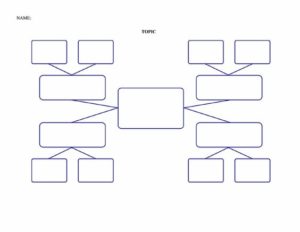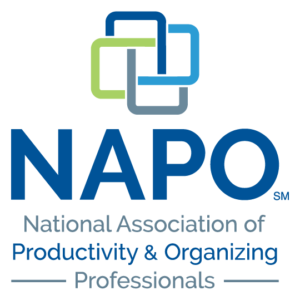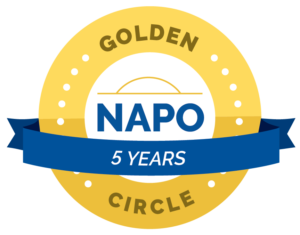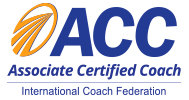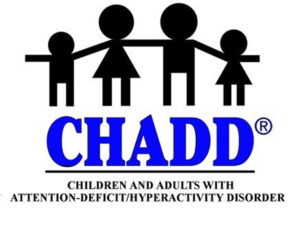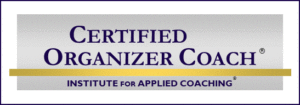Sometimes making progress is really, really hard. Even when we have a very clear idea of where we want to end up, we just can’t seem to make it through the decision-making and execution process.
Why is that?
- There are too many options.
- The scope is ambiguous.
- We don’t know where to start.
- Required chronology is uncertain.
- We’re concerned we may forget important parts and pieces.
This, I’m certain, is just a partial list of what may run through our minds when we are contemplating a project. Sometimes there are so many unanswered questions we just throw up our hands in frustration and don’t do anything.
When I’m stuck on a project, I use mind mapping.
What’s that?
A mind map is a great way to visually organize information. Using the lightbulb image above as a guideline, start with the central concept.
Light bulb = Create Sales Trend Report.
The circles represent important parts and pieces of the project and process:
- Scope
- Stakeholders
- Data gathering
- Data delivery
- Report criteria
- Programming resources
Using the most basic of mind-mapping techniques can help generate ideas, visualize structure and process workflow, resulting in higher success and completion rates.
The cool thing about mind maps is that they can be used in any environment. From occupational to personal, mind mapping is a great way to move from concept to completion.
Mind maps can take many forms. Personally, I like to use the old-fashioned pencil-on-paper technique shown below.
Recently one of my more technically advanced clients suggested an open-source mind mapping called X-Mind, but a quick online· search resulted in a plethora of options, most with free trial options. I’d suggest trying a few options to see what fits your personal style.
Stuck on a project? Mind map it!
Cindy Jobs, COC, ACC
Looking for more information?
Click here for 15-minute organizing tips.
National Association of Productivity & Organizing Professionals, Seattle Chapter Vice-President
International Coach Federation
Institute for Challenging Disorganization
Level I Certificates earned in Chronic Disorganization; ADD; Client Administration; Time Management; Mental Health; and Hoarding.
Level II Specialist Certificates earned in Chronic Disorganization and ADHD

